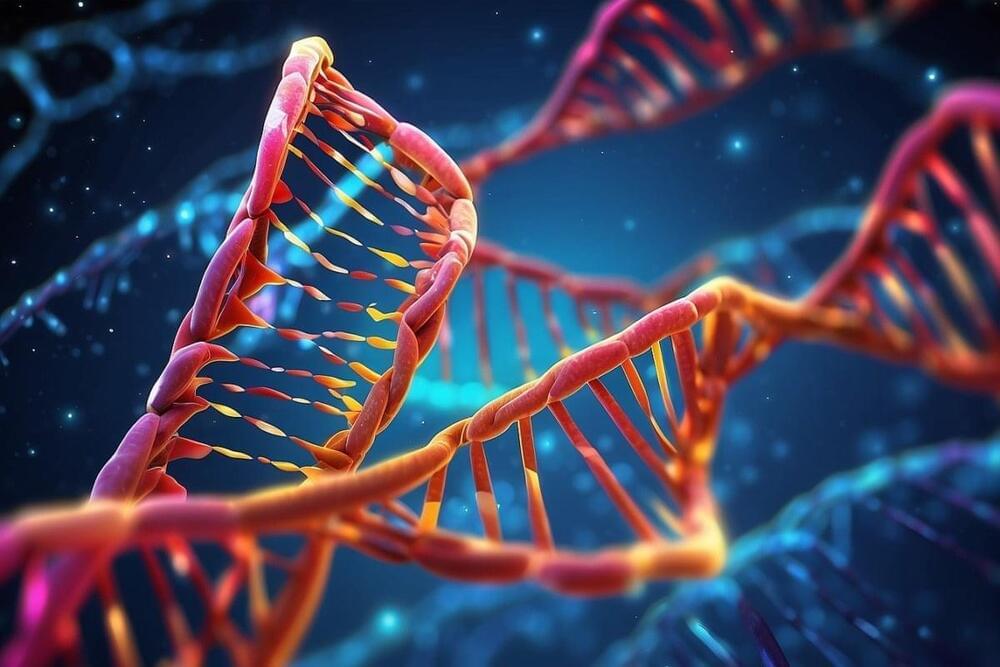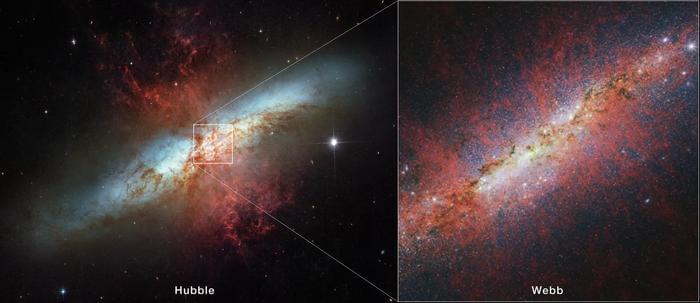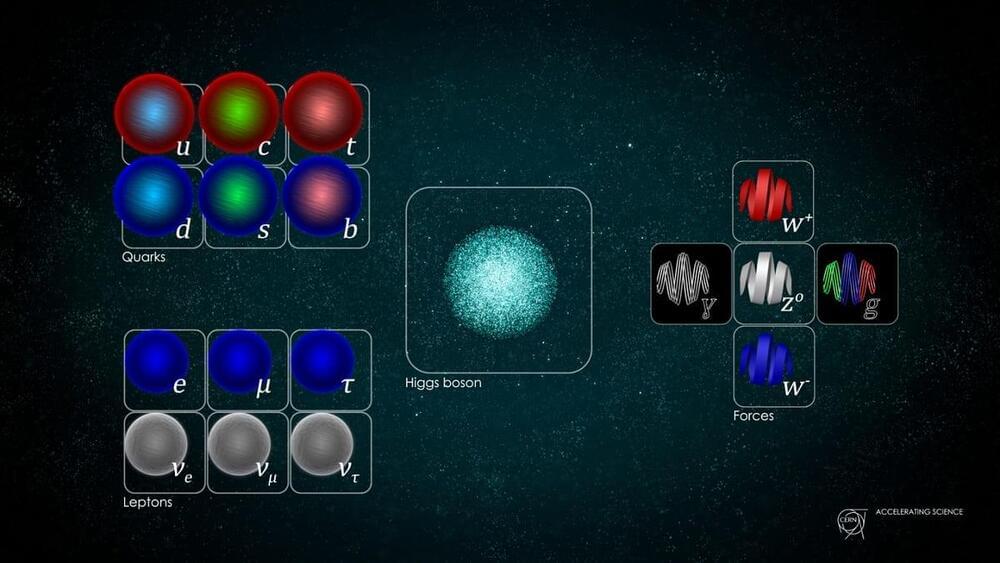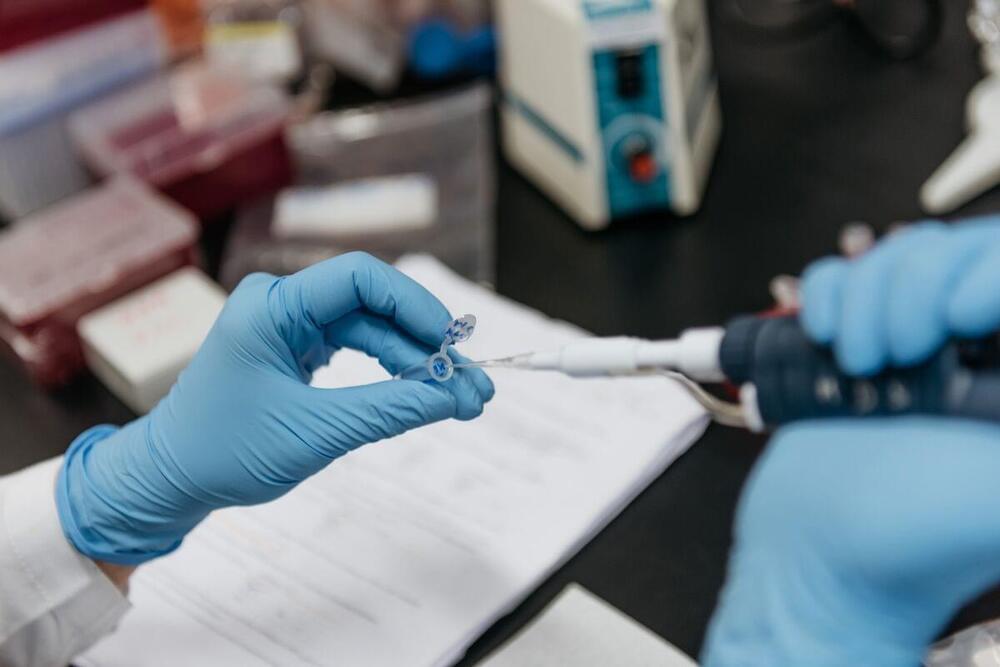Using this natural process as a basis, scientists developed a gene-editing tool called CRISPR/Cas that can cut a specific DNA sequence by simply providing it with an RNA template of the target sequence. This allows scientists to add, delete, or replace elements within the target DNA sequence. Slicing a specific part of a gene’s DNA sequence with the help of the Cas9 enzyme, aids in DNA repair.
This system represented a big leap from previous gene-editing technologies, which required designing and making a custom DNA-cutting enzyme for each target sequence rather than simply providing an RNA guide, which is much simpler to synthesize.
CRISPR gene editing has already changed the way scientists do research, allowing a wide range of applications across multiple fields. Here are some of the diseases that scientists aim to tackle using CRISPR/Cas technology, testing its possibilities and limits as a medical tool.






